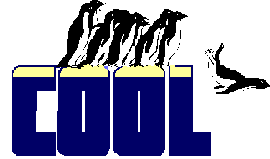
You can use the Tab Order dialog to reorder at any level. Just right-click, Edit on the container you want to reorder, then choose View-Tab Order from the menu. The dialog lets you reorder the objects inside the chosen container. Very cool!
TabIndex
This property determines the tab order of controls within a container. It's maintained separately for different containers, so you can do things like order the buttons in a group separately from the order of controls on the form.|
Usage |
oObject.TabIndex = nTabOrder nTabOrder = oObject.TabIndex |
 |
You can use the Tab Order dialog to reorder at any level. Just right-click, Edit on the container you want to reorder, then choose View-Tab Order from the menu. The dialog lets you reorder the objects inside the chosen container. Very cool! |
|
Example |
ThisForm.cmgNavButtons.cmdTop.TabIndex = 1 |
|
See Also |
ColumnOrder, CommandGroup, OptionGroup, Page, PageOrder, ZOrder |